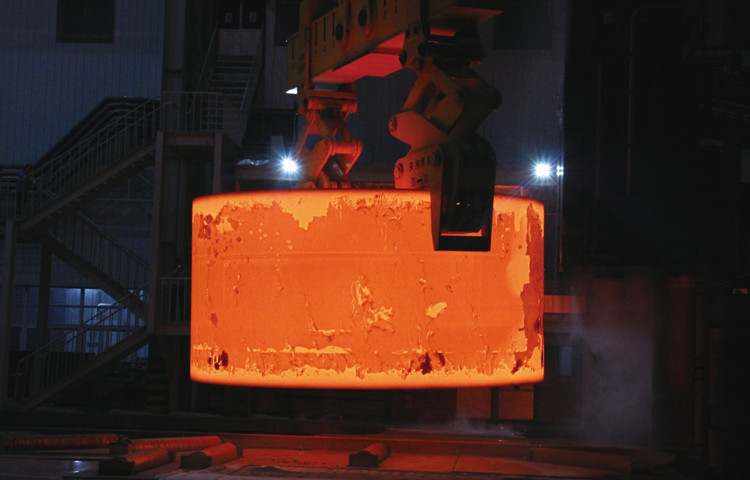- tyler@kirail.com
- +86 15603721115
Forging is a relatively high-risk job. Therefore, safety production is the top priority in forging production. So, what should be paid attention to in terms of safety during forging?
During the forging process, attention should be paid to safety:
1. Forging production is carried out under the state of metal burning (for example, the forging temperature of low carbon steel is in the range of 1250~750℃). Due to a lot of physical labor, burns may occur accidentally.
2. The heating furnace and the charred ingots, blanks, and forgings in the forging workshop continuously emit a large amount of radiant heat (the forgings still have a fairly high temperature during final forging), and workers are often harmed by radiant heat.

3. The smoke and dust discharged from the heating furnace in the forging workshop is discharged into the workshop air, which not only affects health, but also reduces the visibility of the workshop (for heating furnaces burning solid fuels, the situation is more serious), so it may also cause industrial accidents.
4. Forging production equipment, such as air hammers, steam hammers, friction presses, etc., will produce impacts during work. When subjected to such impact loads, the equipment itself is prone to sudden damage (such as sudden breakage of the forging hammer piston rod), causing serious injury accidents. Punching machines (such as hydraulic presses, crankshaft hot forging machines, flat forging machines, precision forging machines, etc.) have small impact forces during operation, but sudden damage to the equipment also occurs from time to time, and operators are often caught off guard, and may even cause industrial accidents.
5. The forging equipment generates a lot of force during operation. For example, crankshaft presses, forging presses, and hydraulic presses have relatively stable working conditions, but the pressure on the working parts is also very high. For example, my country has manufactured and used 12,000 tons of forging equipment. The force released by ordinary 100-150T punches is sufficient. If there is a slight error in the installation or operation of the mold, most of the force will not act on the workpiece, but on the mold, tool, or parts of the equipment itself. In this way, some installation and debugging errors or improper tool operation may cause damage to machine parts and other serious equipment or personal accidents.
6. The tools and auxiliary tools of the forger, especially the hand forging and free forging tools, clamps, etc., are well-known tools for assembly and collaborative work. On the construction site, tools are often replaced and stored in a mess, which will inevitably increase the difficulty of checking these tools. When a certain tool is needed during fortification, sometimes it cannot be found quickly, sometimes it cannot be found in time, and sometimes similar tools are "made up", which often leads to industrial accidents.
7. Due to the noise and vibration generated by the equipment in the forging workshop during operation, the workplace is very noisy, affecting people's hearing and nervous system, distracting people's attention, and increasing the possibility of accidents.
Final summary
The above are some issues that need to be paid attention to in the forging process. You can learn about them. If you have any questions and needs, you can contact us directly!